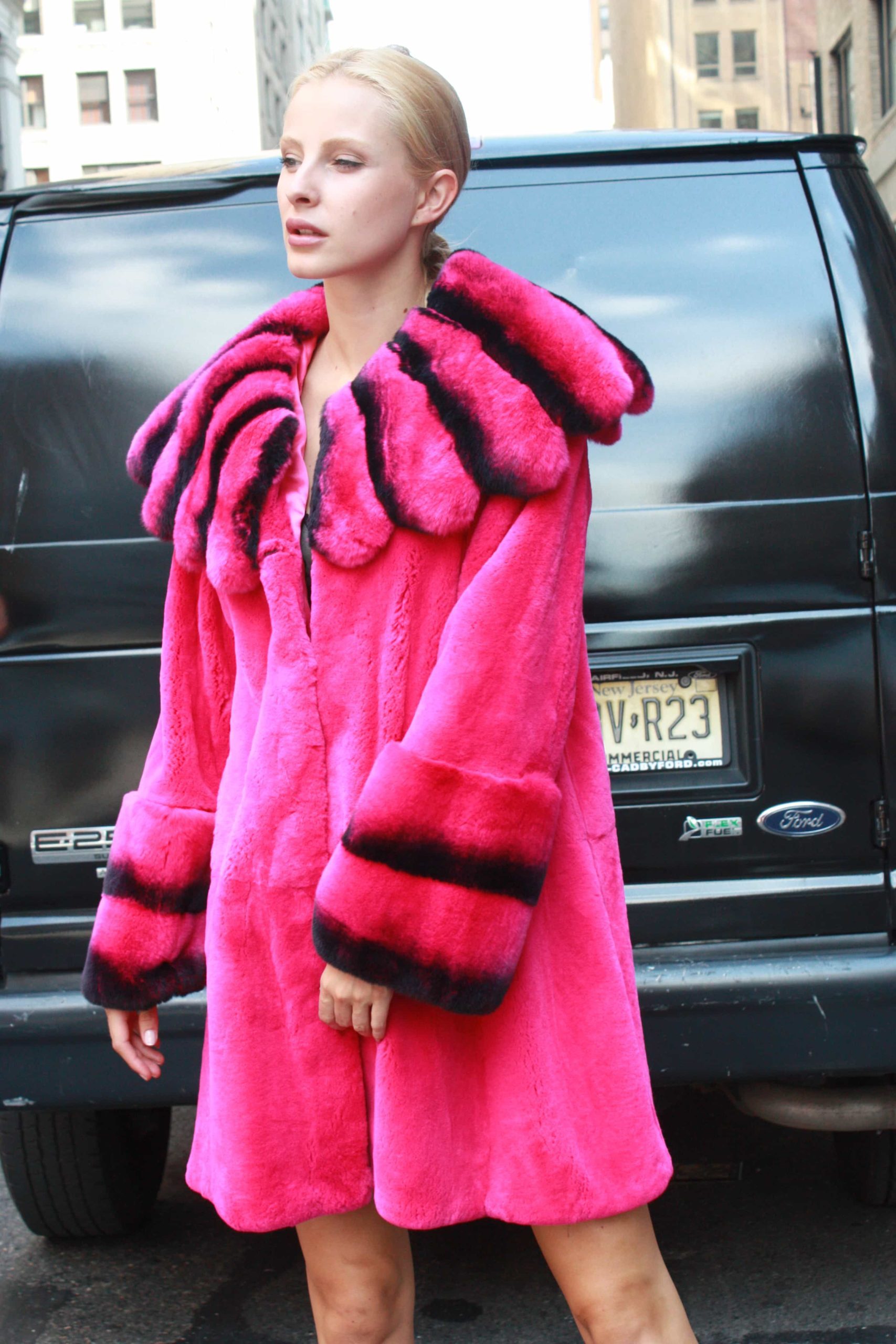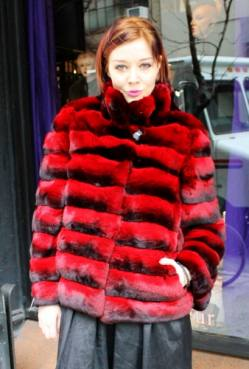When it comes to buying fur, many are apprehensive in recent years because of the controversy surrounding it. We have already established the fact that real fur is better than faux fur for various reasons, and now we’ll discuss just how one can identify real vintage fur.
Many times people do not know what kind of vintage fur they own as it has been passed down to them by their ancestors or they have bought the fur from an old vintage shop. As we discuss the ways you can identify vintage fur, you will get a glimpse into our society’s fashion history. Although there is a controversy surrounding fur, no one can deny fur is a timeless piece of clothing that will never go out of style.
Let’s dive into how you can identify vintage fur:
First, there are a few terms that you must know when inspecting fur. You must know what an undercoat is; this is where you find the thicker hair near the skin of the animal. Secondly, the guard hair is the shinier hair that lay over the undercoat, and the pile is the direction of the hair growth. There is also the pelt, which is literally the skin of the animal, and the phrase used to describe the number of animals used to create a fur garment.
Mink Fur:
Mink Fur is flat and short, just like the animal it belongs to. Because of how small the animal is, the pelts are long and narrow when they are put together to form a garment. Minks can swim, which is why the look of a mink garment is described as being “shiny and wet”.
A mink garment’s fur is usually light but still thick, and dark mink is the most recognizable. Because Ranched mink are not born with dark fur, their fur is often dyed to different shades of browns, white, or even a silver-blue shade.
Mink Coats are the poster child of Hollywood glamour and luxury. A mink garment can be costly as it requires dozens of the animal to make it because they are so small. Since mink fur is so shiny and glossy, they are considered to be the high-fashion pieces and the epitome of luxury.

Rabbit Fur:
Rabbits, a rodent animal, are found all over the world in different shapes, sizes, and colors. Because they are found so commonly, they are relatively cheaper than a mink garment.
Vintage Fashion Guild states that rabbit fur was often dyed before the 1970s. This was done to make the rabbit look more expensive and luxurious than it actually was, which is why we see so many rabbit garments dyed brown as if they were mink or beaver.
A rabbit garment should feel like you are petting a domestic cat, and you should make sure to take note of the longer, denser hair that is usually silky and soft. Because the 70s were known as the “peace, love all” and “John Lennon’s Imagine” era, the natural colors of the rabbit were widely accepted, and less dyeing took place. It is easier to identify modern rabbit garments based on color, as the “grey-white” coloring is unique to the common species of North American rabbits.

Chinchilla Fur:
Chinchilla is a rodent found in the Andes mountain range of South America. The fur of a Chinchilla garment is incredibly soft, silky, and dense and has more than 20,000 hair per square centimeter, making it the highest hair density of any animal.
Chinchillas have gray fur on the sides, black fur on top, and white bellies, which is why most of the chinchilla garments are black, grey, and white in color, usually patterned as stripes. Many times, the fur is dyed to different colors such as blue. Despite its density, Chinchilla fur garments are generally very light in weight.
Although Chinchillas are small and their skin is fragile, they are still considered to be one of the most luxurious furs today thanks to the soft, silky feel, lightweight, and the fur’s ability to provide immense warmth given the density.

A raccoon is a nocturnal creature that lives in North America and can be seen hanging around the garbage cans of your home. Usually, when we encounter a raccoon, we run the other way as the animal is most likely infected with rabbis and are harm to humans.
Raccoon fur is the densest and warmest, as it is made up of approximately 90% undercoat. Raccoon trapping for the outdoor garments was at an all-time high in the 70s when 5.2 million raccoons were reported to have been caught.
Raccoons were most popular in the 20s and 30s because of their long-haired fur but were overtaken by mink in the 40s and 50s when the public craved for short-haired fur. Interestingly, raccoon fur hats were made popular by the Walt Disney movie “Davy Crockett: King of the Wild Frontier” in the 50s.

Now that you have all the information you need to identify real vintage fur, pick the one that suits your style and personality the best. Whether it is mink, rabbit, chinchilla or raccoon fur, it will be a valuable addition to your wardrobe and revamp your look for this winter. However, a fur coat or a jacket is undoubtedly an expensive purchase, which is why Marc Kaufman Furs has come up with an exciting offer. Sell or trade your fur coats and jackets at Marc Kaufman Furs today!